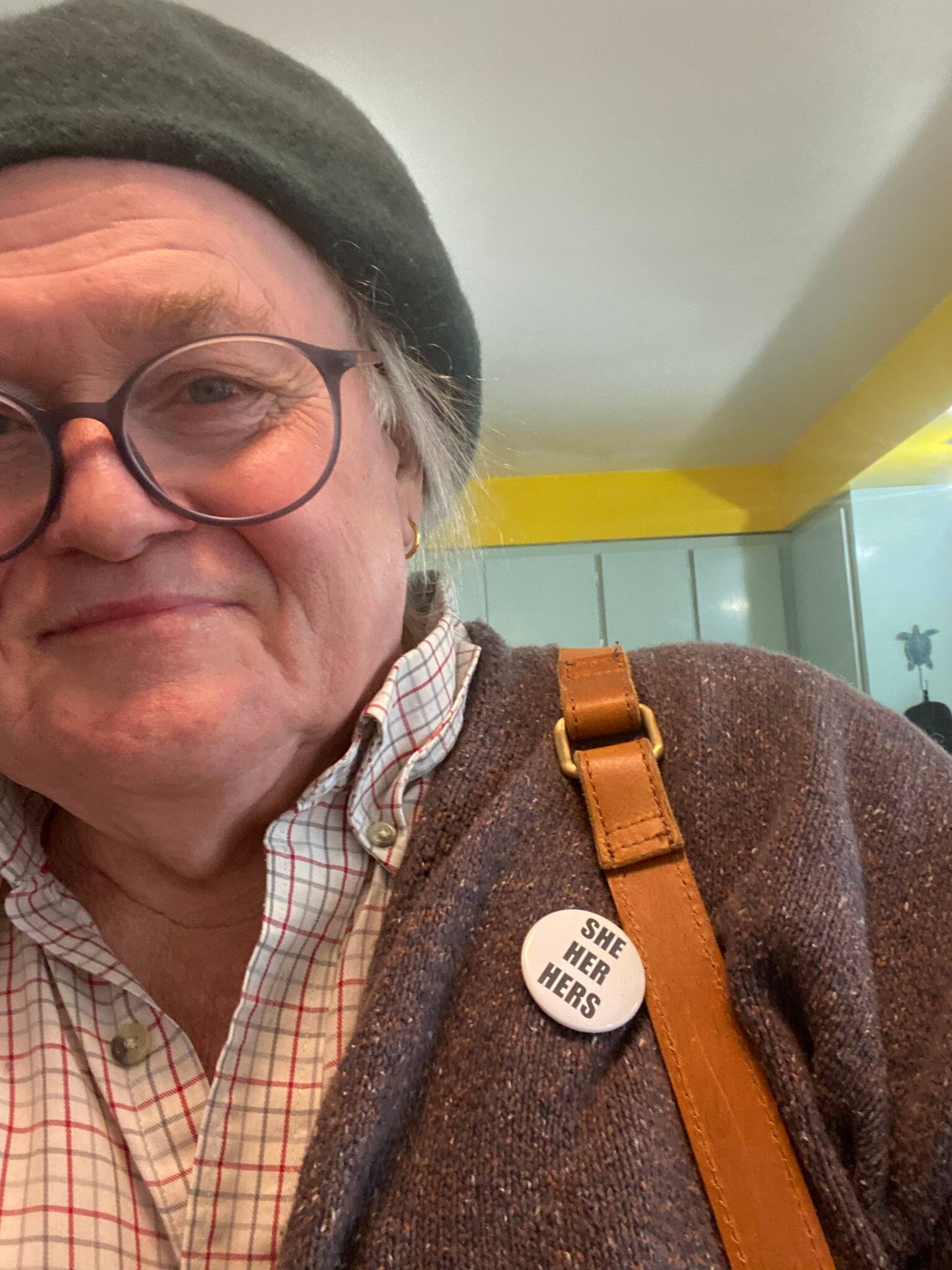–for Kass
When Picasso died in 1973, the political cartoonist Pat Oliphant published a cartoon tribute to the artist that depicts then-President Richard Nixon–in modified cubist style–at breakfast reading a newspaper with the headline, “Picasso dead at 91.” The cubefied Nixon quips to his wife Pat, “I was always glad he wasn’t a political cartoonist.”
Funny enough, but the real punchline is down in the lower left corner of the cartoon, where Punk, Oliphant’s wry penguin commentator, offers a scorching retort: “He was the best in the business, sport!”
Punk’s commentary brings to mind first, of course, a masterpiece like “Guernica,” Picasso’s visual condemnation of Franco’s aerial attack (using Hitler’s Luftwaffe) on the Basque city in northern Spain. The painting’s images are indeed cartoonish; the anguish and horror are not.
But all art is political, not just works with explicit contemporaneous subjects like Guernica. All great art is subversive.
To stay with “Guernica” for a moment: it was the first painting I ever fell in love with. I remember the first time I saw it as a teenager. As I climbed the wide marble staircase at New York City’s Museum of Modern Art, the 11-by-25-foot canvas of “Guernica” loomed ahead of me, majestic in size, overwhelming in its effect. It gave me a love for large, affective paintings. It shaped my understanding of what art does and how.
Artists make us look again, often at stuff we’ve seen before–a bucolic landscape, an all-night diner, a starry night–and let us see things differently. We discover what we might have missed, and we find ourselves affected in unexpected ways by stuff we’ve become complacent about.
Because what is there to be complacent about, anyway?
“Complacent” is our word for today’s episode of “Etymology with Auntie Jane.” It comes from Latin and means “to be pleased with.” And what is there we can ever be pleased with once and for all?
Nor I nor any man that but man is
With nothing shall be pleased til he be eased
With being nothing.
Art won’t let us be complacent.
Maybe that’s what aesthetics are — not some intrinsic attribute of beauty or the passive appreciation of art, but an interaction, an engagement, an opening up to let things change us, to change ourselves, and to change the conditions of our lives. Like politics.
Maybe aesthetics and politics have more in common than our dictionaries acknowledge.
In a recent opinion piece in the New York Times, columnist Charles M. Blow writes about Ida B. Wells, a late 19th-century journalist who was also “a stylish woman…and a genius.” Blow notes how some of Wells’s contemporaries found her stylish dress incongruous with her serious vocation. He writes that “it’s often the case — now as then — that expressions of personal style among serious people are deemed frivolities.”
Blow notes that it’s worse for men, who get regarded “in a boorish society” as effeminate. I would argue that it’s even worse for transgender women and nonbinary femmes who are treated not as frivolous but as subversive for challenging the delusional desirability of things masculine.
We are “subverting the dominant paradigm,” or some other usefully banal cliché like that. And that’s the fun of it. Playful and serious at the same time. Beautiful and incisive. Creative and subversive.
It may seem like “fun” is too frivolous a concept to talk about in the face of all the physical violence and political oppressions we in the transgender community have to be on our guard against. But choosing a creative personal aesthetic, a way of being the beauty that we want to see in the world: that is a political act, a subversive act, wielding our personal freedom against threats of repression and censorship and violence. We are all political cartoons. We are all “Guernicas.”
I’m trying to write about developing a creative personal aesthetic, because there’s some contrarian blood in my veins that loves the subversive side of it. Fun is subversive. I like that.
And I think aesthetics are more than just politics too. When I leave the house in the morning wearing fashions that are fun and a true expression of myself, I’m wearing my freedom, wearing my heart on my frilly pink sleeve. But it’s also a kind of practical spirituality, like wrestling with an angel. It’s dealing with a sometimes dark and dangerous situation in a way that is direct and confident–and creative and beautiful.
I’m taking the bull by the handlebars.
• Jane Hale lives in Juneau with her partner and their two dogs. “Coming Out” appears biweekly on the Empire’s neighbors page.

